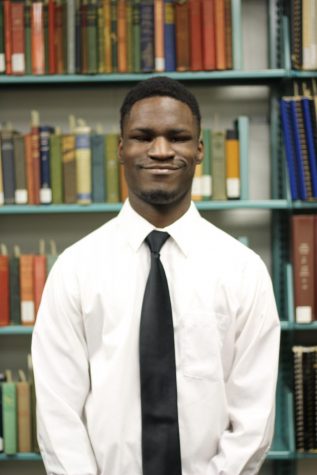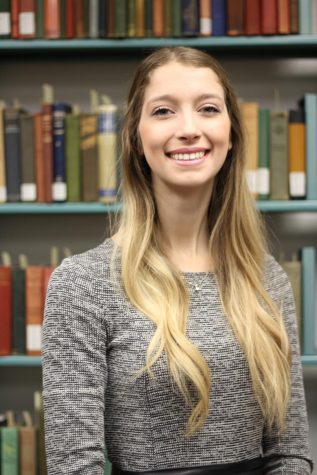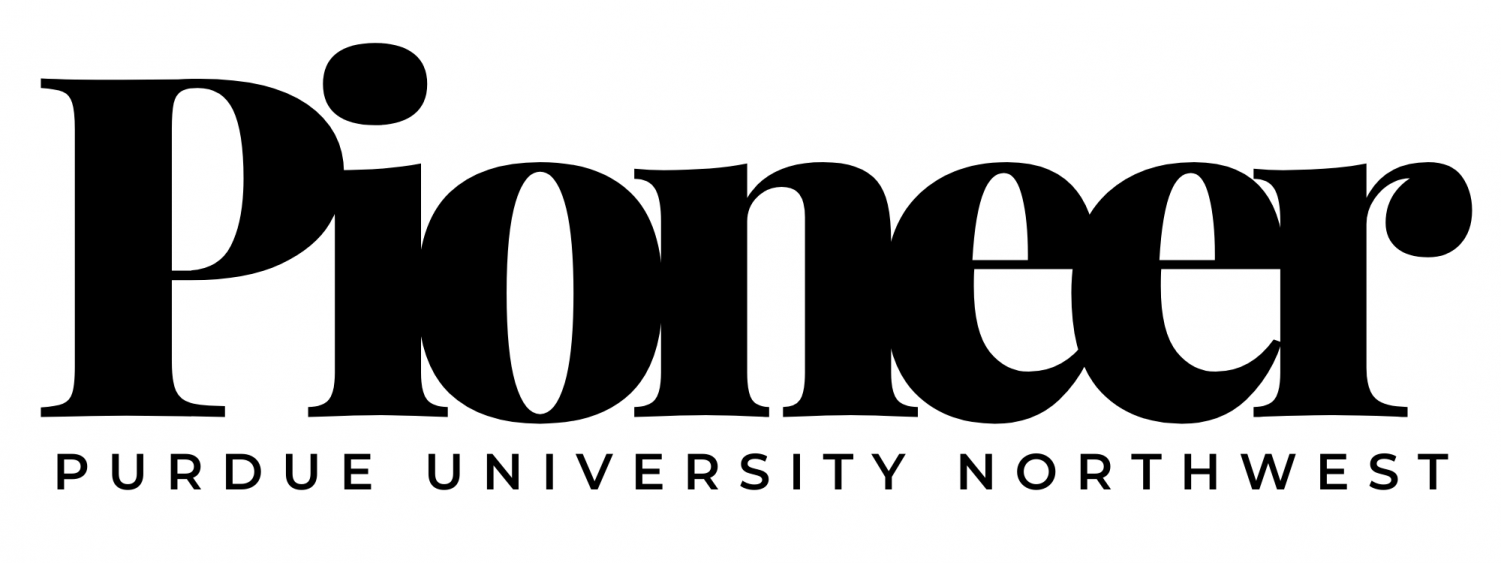SGA creates strategy to interact with students
SGA filled two positions focused on student engagement and, according to James Schooley, president, is tailoring its efforts toward incremental change.
Student Engagement
Focusing on immediate engagement, Schooley filled the roles of director of Student Outreach and director of Communications that were created in the fall by his predecessor., Riley Owens.
“Both roles were meant to facilitate visibility and transparency for student government to enable it to do more,” Schooley said.
Rahim Evans, director of Student Outreach, said he was drawn to the role because of his previous experiences and connections in student organizations.
“It’s really about engaging SGA with students and allowing students to know we’re here for them,” Evans said.
He will be focusing on collaboration, partnership and networking so students know who to speak to when they have questions or face an issue.
Whereas, Hannah Scheffer, director of Communications, will be focusing on updating students on SGA’s activities and furthering interactions between SGA and students via social media.
She said her interest in the position arose following time in SGA’s now-disbanded House of Representatives, where she observed the lack of interaction between SGA and students.
“If we can’t have effective communication between students and student advocates, we can’t do our job,” said Scheffer.
The pair have begun working on building a relationship with PNW’s marketing department and increasing their social media presence, connecting with student organizations and university organizations that are organizations that interact with students, such as intramurals and student life.
Alex Heaton, chief of staff, will oversee the two new roles and said this effort is because the organization faces an image problem at the moment.
“Very few students on campus know us, and those that do don’t have a positive image,” Heaton said.
Future Plans
Previously, Schooley said he wanted to focus on more tangible efforts and has hopes that this new effort to engage with students will allow SGA members to better gauge the needs of the students and what the organization can accomplish.
He plans to start this process by reworking the Student Service Fee proposal that Owens, former SGA president, pitched in the fall. Instead of aiming to redistribute the overall SSF funds, Schooley wants to have SGA involved in the allocation of funds for student organizations.
“It’s more conducive to long-term improvement than simply changing the slices of the pie,” Schooley said.
The current committee that approves the funds is made up of select students and faculty, where Schooley’s proposal would be SGA and faculty.

Rahim Evans, director of Student Outreach.

Hannah Scheffer, director of Communications.

